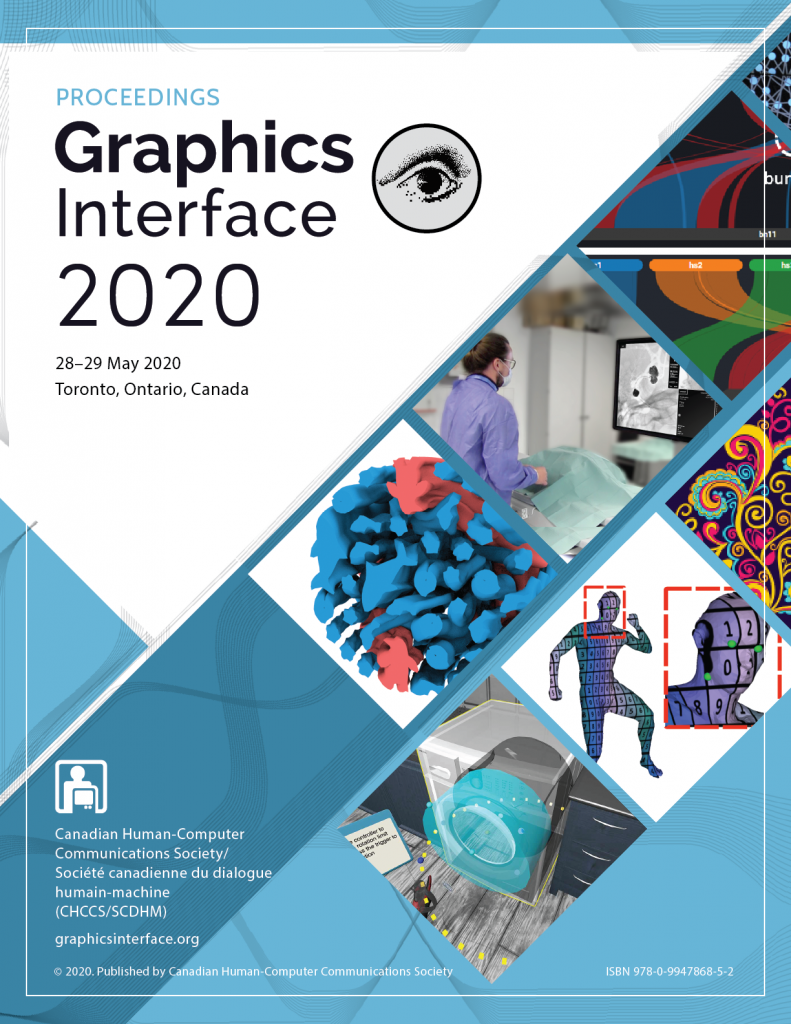Video
BibTex
@inproceedings{Bandi:2020:10.20380/GI2020.09,
author = {Bandi, Venkat and Gutwin, Carl},
title = {Interactive Exploration of Genomic Conservation},
booktitle = {Proceedings of Graphics Interface 2020},
series = {GI 2020},
year = {2020},
isbn = {978-0-9947868-5-2},
location = {University of Toronto},
pages = {74 -- 83},
numpages = {10},
doi = {10.20380/GI2020.09},
publisher = {Canadian Human-Computer Communications Society / Société canadienne du dialogue humain-machine},
}
Abstract
Comparative analysis in genomics involves comparing two or more genomes to identify conserved genetic information. These duplicated regions can indicate shared ancestry and can shed light on an organism's internal functions and evolutionary history. Due to rapid advances in sequencing technology, high-resolution genome data is now available for a wide range of species, and comparative analysis of this data can provide insights that can be applied in medicine, plant breeding, and many other areas. Comparative genomics is a strongly interactive task, and visualizing the location, size, and orientation of conserved regions can assist researchers by supporting critical activities of interpretation and judgment. However, visualization tools for the analysis of conserved regions have not kept pace with the increasing availability of genomic information and the new ways in which this data is being used by biological researchers. To address this gap, we gathered requirements for interactive exploration from three groups of expert genomic scientists, and developed a web-based tool called SynVisio with novel interaction techniques and visual representations to meet those needs. Our tool supports multi-resolution analysis, provides interactive filtering as researchers move deeper into the genome, supports revisitation to specific interface configurations, and enables loosely-coupled collaboration over the genomic data. An evaluation of the system with five researchers from three expert groups provides evidence about the success of our system's novel techniques for supporting interactive exploration of genomic conservation.





















































